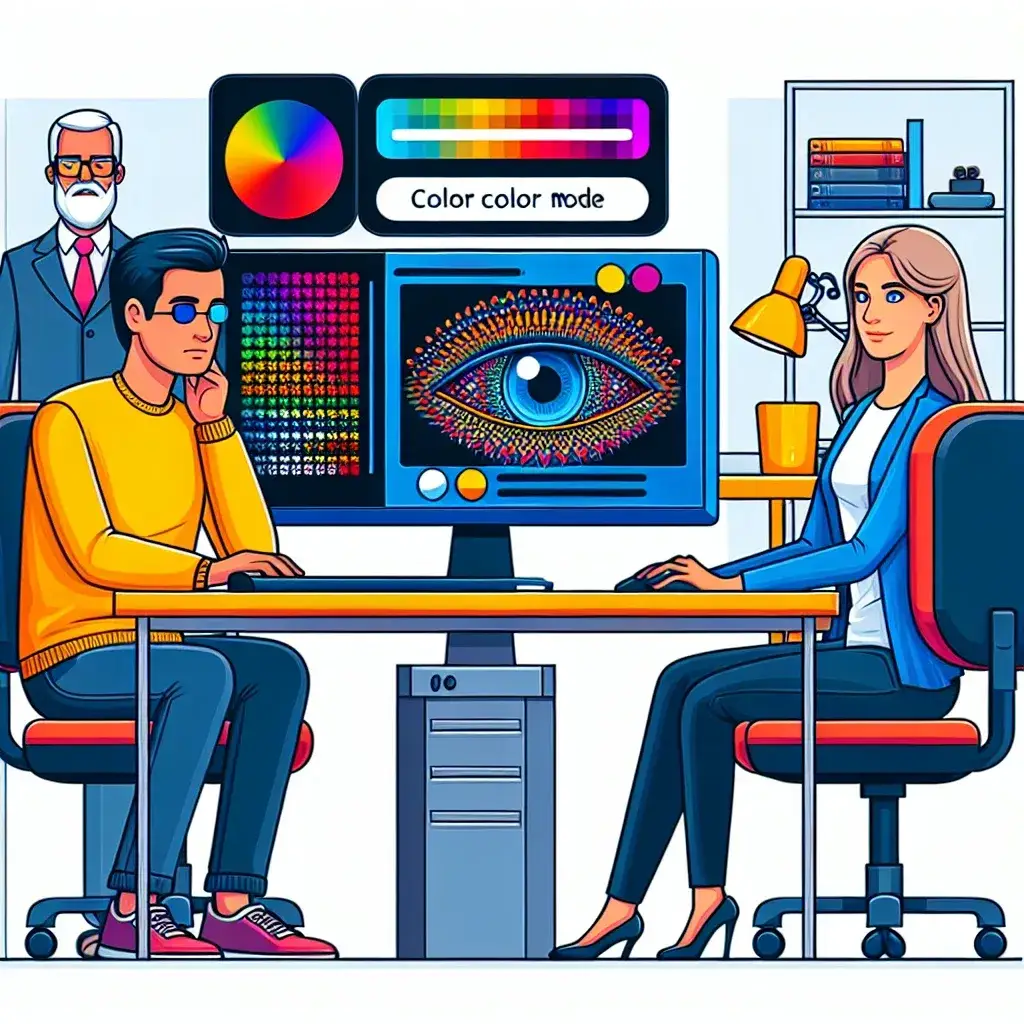Monitors with integrated color-blind assistance modes offer a transformative solution for individuals with color vision deficiencies (CVD). Approximately 300 million people worldwide experience some form of CVD, making it paramount for technology to adapt to their needs. These specialized monitors aim to bridge the gap, ensuring that everyone, regardless of their color vision capabilities, can engage with digital content more effectively.
| Color Vision Deficiency Type | Percentage of Population Affected |
|---|---|
| Protanopia (Red-Blind) | 1% |
| Deuteranopia (Green-Blind) | 5% |
| Tritanopia (Blue-Blind) | 0.01% |
Accessibility and Inclusion
One of the most significant advantages of these monitors is the increased accessibility they provide. With built-in color-blind modes, users with various types of CVD can adjust the display settings to better distinguish between colors. This advancement fosters a more inclusive environment, whether in educational settings, workplaces, or casual use.
Educational Success
Students with CVD often face challenges in learning environments where color-coded materials are prevalent. Monitors that accommodate color vision deficiencies enable these students to follow visual instructions and multimedia presentations without hindrance.
Workplace Productivity
In professional settings where color differentiation is crucial, such as design, data analysis, and technical fields, these monitors can significantly enhance productivity. Employees can execute their tasks with greater precision, thereby reducing errors and improving overall efficiency.
Enhanced User Experience
Monitors with integrated color-blind assistance modes offer a more personalized user experience. By allowing users to customize display settings, these monitors cater to individual visual needs, leading to more comfortable and prolonged usage.
Gaming and Entertainment
In the realm of gaming and entertainment, color-blind modes ensure that all users have an equal opportunity to enjoy visual content. Games that rely on color for gameplay mechanics become accessible, providing an inclusive experience for all players.
Web Browsing and Media Consumption
Casual users benefit from these monitors when browsing the web or consuming digital media. Content creators can also design with greater empathy and inclusivity by understanding the display settings available to their audience.
Technological Advancements
The development of monitors with integrated color-blind assistance modes underscores significant technological progress. These advancements not only demonstrate innovation but also embody a commitment to creating more accessible technology solutions.
Adaptive Algorithms
Modern monitors employ adaptive algorithms to detect and adjust colors dynamically. This technology enhances the visual experience by making real-time modifications based on the user’s specific type of CVD.
Software Integration
Seamless software integration allows for smoother transitions between regular and color-blind modes. Users can switch between these settings effortlessly, ensuring that their viewing experience is uninterrupted.
Conclusion
Monitors with integrated color-blind assistance modes offer numerous advantages, from enhancing accessibility and inclusivity to improving productivity and user experience. As technology continues to evolve, these monitors will play an increasingly important role in ensuring that digital content is accessible to everyone, regardless of their color vision capabilities.

